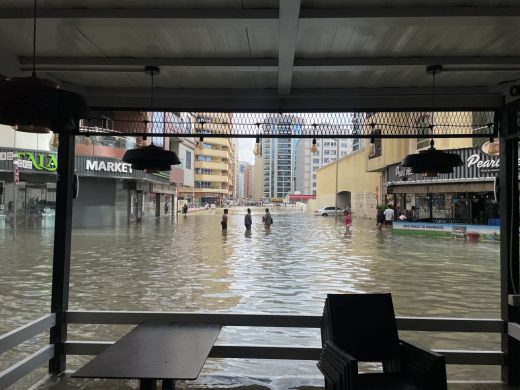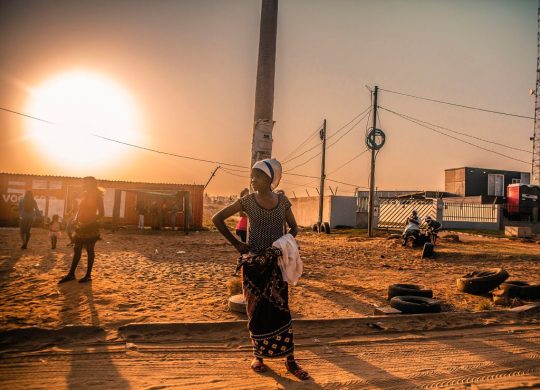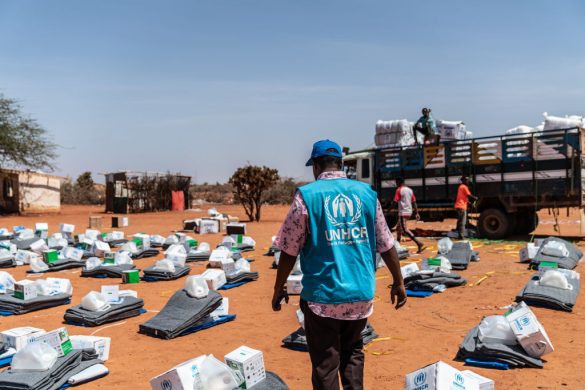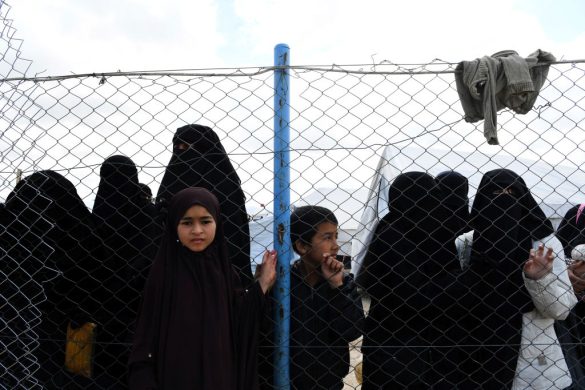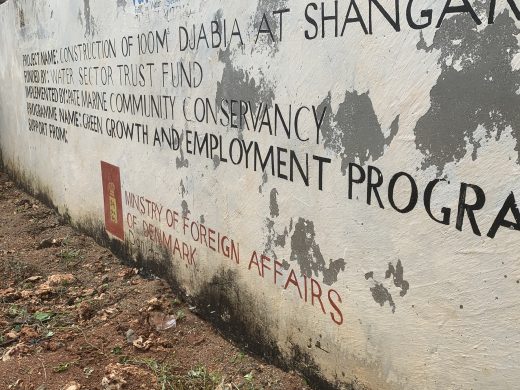Under 10% af milliarderne, som velstående lande har lovet at give i klimastøtte til udsatte lande i Syd kommer lokal befolkninger til gode.
Det anslår en ny undersøgelse af International Institute for Environment and Development i helt ny undersøgelse.
Her er en opsummerende tekst fra rapporten:
With its rapid ratification, we are moving more quickly than expected into delivering the Paris Agreement.
This will require a scale-up in climate finance – for which international funds will play an important role.
To deliver the ambition of Paris, it is crucial that every penny of the finance available is used effectively and efficiently, addressing the vulnerabilities of those most in need and helping them escape poverty through climateresilient sustainable development.
Delivering climate and development finance to the local level – through community engagement and with devolved decisionmaking can bring such results.
This paper recognises that climate action is needed at the international, regional and national levels.
However, given the value of enabling communities to engage in setting priorities and the limited flows of flexible finance to the local level, the question we ask is how can the delivery of international finance be improved so it is more effective in reaching the local level?
The flow of finance to the local level is unknown
There is no definitive understanding of the amount of climate or development finance that reaches local actors.
A preliminary estimate of the finance channelled to local climate activities puts the flow below ten per cent (US$1.5 billion) from international, regional and national climate funds between 2003 and 2016.
Getting to the true figure would require donors disclosing much more information about how the finance they disburse is delivered, to whom, for what purpose and whether communities are engaged in deciding how it is spent.
At present, climate and development funds do not provide this level of transparency. Nevertheless, this initial estimate indicates an imbalance in how climate finance is distributed.
Why is climate finance struggling to reach the local level?
The metrics of success: the investment strategies of many funds prioritise large-scale results.
For example, the Clean Technology Fund (CTF) and the Green Climate Fund (GCF) primarily judge projects on the tonnes of carbon reduced and the mobilisation of private co-finance, all of which incentivise large energy investments.
This deprioritises services to the local level. If the numbers of people with access to energy were given greater weight, decentralised energy programmes could gain greater investment and provide poor communities with access to energy faster.
Business-as-usual intermediaries: traditional financing intermediaries, such as the multilateral development banks, are less able to finance small-scale projects directly, given the higher transaction costs.
Where funds like the GCF can provide direct access for developing countries, they still mostly go through the UN and multilateral banks, with no specific priority to reach local actors.
Risk-averse funding: although a range of innovative financial instruments are available which could help unlock domestic private and public finance, few of these instruments have been used – suggesting a low tolerance to risk.
The GCF has used a range of guarantees and equity funding within its early investments, indicating that it is willing to take greater risks.
Limited support to build local capacity: local management capacity is often a barrier to financing, with concerns over financial mismanagement. However, few funds provide capacity support for building local capacity, and those that do seldom allow sufficient time to build the skills needed.
Inappropriate co-financing targets: many international climate funds require co-financing, which has led to unsustainable projects and delays when co-financing has not come through as expected.
There is also a preference for working with national governments who can co-finance, again reducing the potential for ownership by, and accountability to, local communities.
Poor oversight of policies for local finance: although innovative local financing policies have been designed, as outlined below, inadequate monitoring of these policies has led to non-compliance.
Most funds suggest at least some level of community engagement in funding decisions, appraisal and evaluation.
However, despite the Addis Ababa Action Agenda and the Paris Agreement recognising the importance of local engagement, no international goal on local financing exists.
The US Agency for International Development (USAID), through its Local Solutions programme, has set a target of 30 per cent of its total financing portfolio to reach the local level. Although this ambitious target has not been met, it has increased the flow and led to improved policies.
What lessons can be drawn to improve the delivery of local financing?
Evidence from international development, bilateral and climate funds that focus on reaching local communities has shown that local programmes can deliver a ‘triple win’, producing more sustainable results at lower cost, developing local capacity and generating climatepositive local economic development benefits, such as improved livelihoods, reduced pollution, and access to clean energy.
Examples of such funds include:
• The Global Environment Facility’s (GEF) Small Grants Programme.
• The Forest Investment Programme’s (FIP) Dedicated Grants Mechanism.
• DFID financed Decentralised Climate Funds in Kenya – County Climate Change Funds.
• The Local Disaster Risk Reduction Fund in Bangladesh.
• The Global Fund for Aids, Malaria and Tuberculosis (Global Fund).
Hent den fulde rapport i nedenstående link.
Mattias Söderberg har skrevet et blogindlæg om rapporten, som kan læses her: https://globalnyt.dk/content/klimastotten-svigter-de-fattigste






